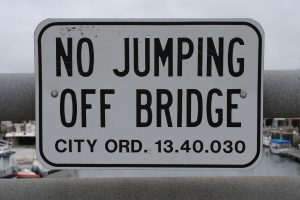9 KEY WAYS TO WIN THE DEAL AND OUTSMART COMPETITION
9 KEY WAYS TO WIN THE DEAL AND OUTSMART COMPETITION Have knowledge of the lessee’s needs which involves recognising that each customer is different from others. Gaining the comprehensive knowledge about customers’ needs and preference, sets the stage for outsmarting competition. Understand the benefits of leasing and how they apply to the lessee’s needs Tailoring the lease to meet customer’s needs by providing varied options to cater for the diverse needs Communicate all the benefits of leasing to potential/existing…











